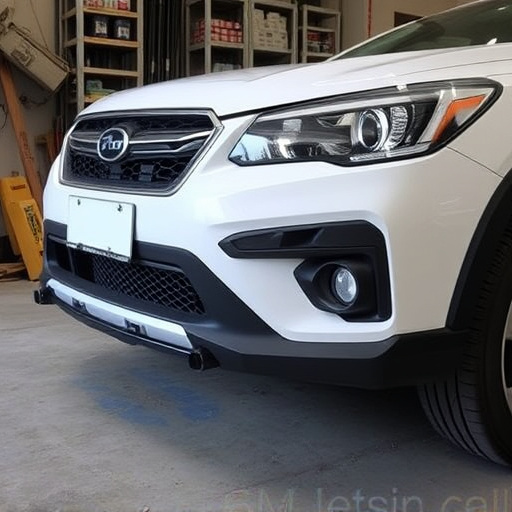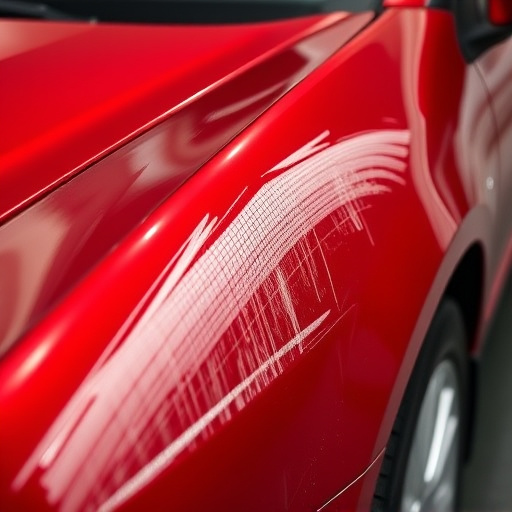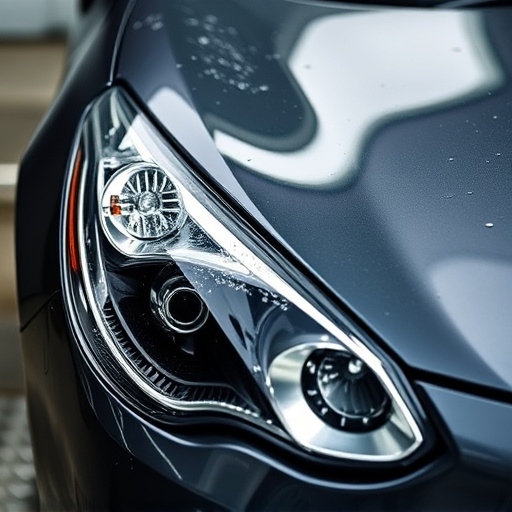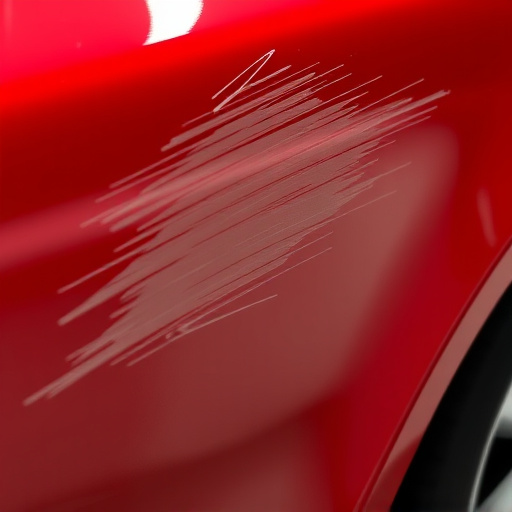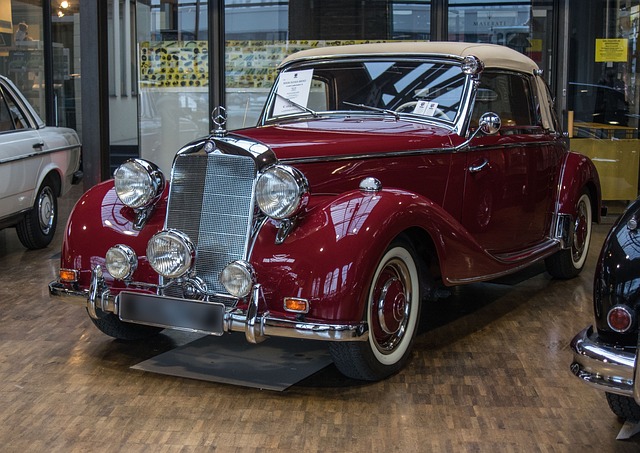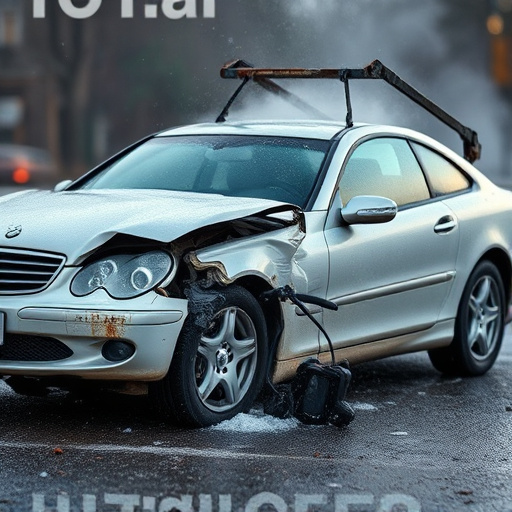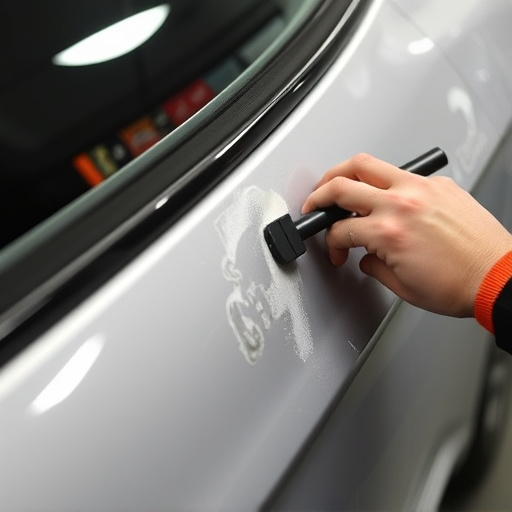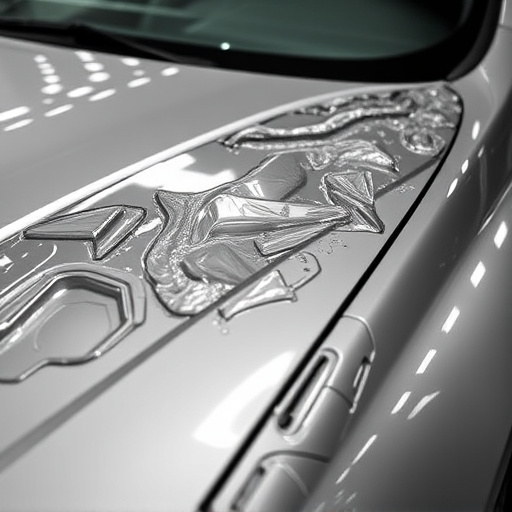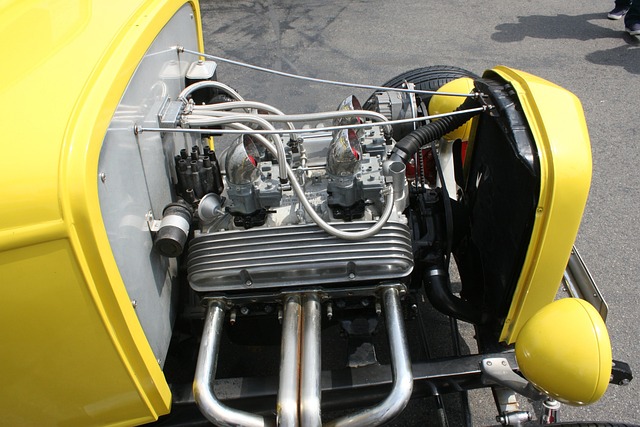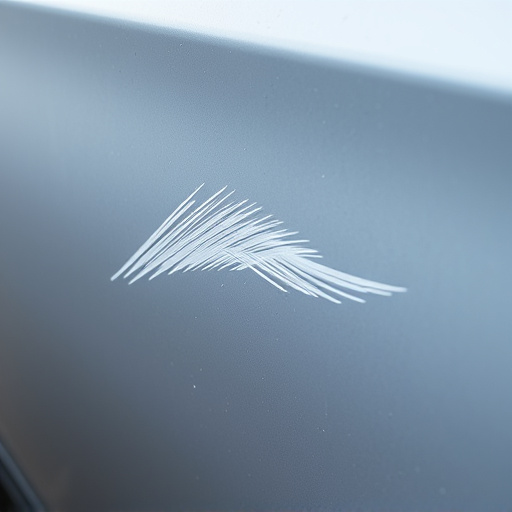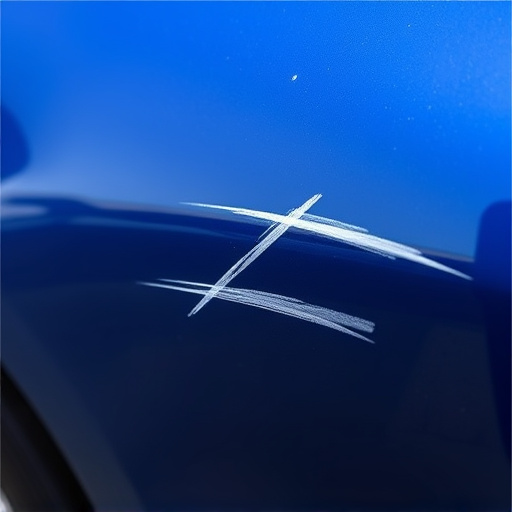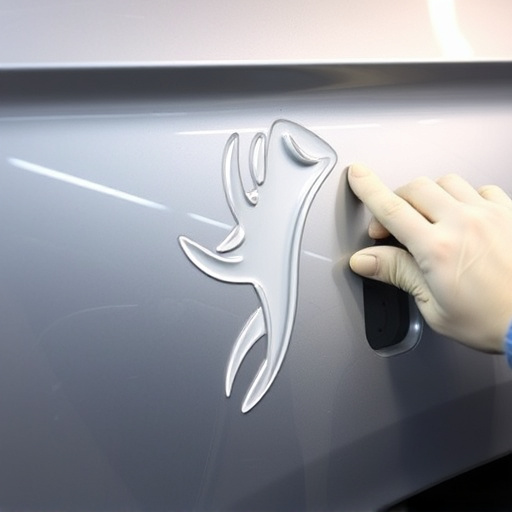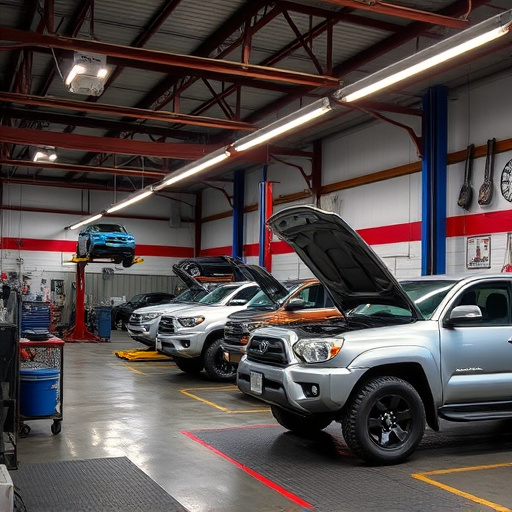Tesla's collision diagnostics leverage sensors, cameras, and radar to monitor environments and predict potential collisions. Post-impact, these systems swiftly assess damage, guiding repair prioritization for both minor and severe incidents. For minor crashes, in-house technicians perform precise repairs using specialized tools. Severe damages require Tesla's network of certified centers with advanced scanning tools to address complex structural issues, ensuring safety and aesthetic integrity akin to luxury brands.
Tesla’s advanced collision detection systems are designed to safeguard passengers and vehicles, employing a network of sensors for accurate impact assessment. This article delves into the intricacies of Tesla collision diagnostics, focusing on minor and major impacts. From swift, efficient diagnoses for lighter collisions to in-depth analyses for severe incidents, these processes ensure optimal safety measures. Understanding these diagnostics is key for owners, as it allows them to navigate post-collision procedures effectively, promoting peace of mind on the road.
- Understanding Tesla's Collision Detection Systems
- Diagnosing Minor Crashes: Quick and Efficient
- Major Impacts: Comprehensive Analysis Required
Understanding Tesla's Collision Detection Systems

Tesla vehicles are equipped with advanced collision detection systems that play a crucial role in enhancing safety and facilitating efficient automotive collision repair. These systems employ a network of sensors, cameras, and radar to monitor the surroundings and detect potential collisions. When an impact occurs, whether minor or major, Tesla’s diagnostics swiftly assess the situation, triggering specific responses to mitigate damage and ensure the vehicle’s structural integrity.
Understanding how these systems work is essential for both vehicle owners and body shop services. In the event of a collision, Tesla’s diagnostics can provide valuable data on the extent of the damage, helping to prioritize repairs. For instance, while a minor dent repair might be manageable at an independent body shop, a more severe impact could indicate complex structural issues that require specialized automotive collision repair expertise.
Diagnosing Minor Crashes: Quick and Efficient
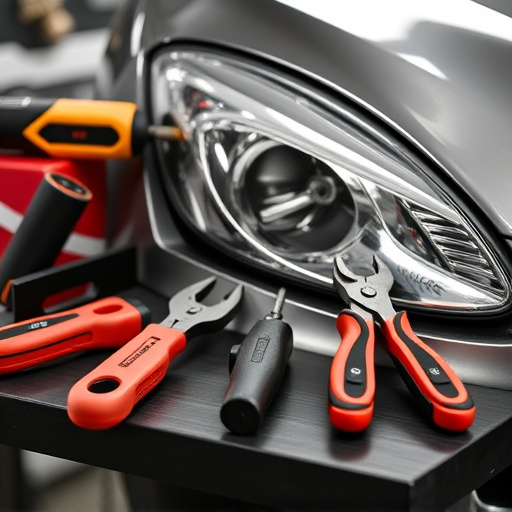
Tesla collision diagnostics for minor crashes are designed to be quick and efficient, ensuring that your vehicle is back on the road in no time. With advanced sensor technology integrated into Tesla models, the process begins even before a collision occurs. These sensors continuously monitor the vehicle’s surroundings, providing real-time data that can help predict potential impacts. When a minor crash happens, the system automatically triggers a series of checks, including airbag deployment, structural integrity assessment, and diagnostic scanning.
This automated approach allows for swift evaluation and identification of any issues. If the damage is minimal, such as dents or small cracks in the body panels, specialized technicians can perform precise autobody repairs with minimal disruption to other components. For more extensive damage, including auto painting needs, Tesla’s network of certified collision repair centers offers state-of-the-art facilities and skilled labor to restore your vehicle to its pre-crash condition, combining efficiency with top-quality workmanship.
Major Impacts: Comprehensive Analysis Required

When a Tesla experiences a major impact, it’s crucial to employ advanced Tesla collision diagnostics for accurate assessments and repairs. Unlike minor fender benders where visual inspections might suffice, significant collisions necessitate a comprehensive analysis. This involves state-of-the-art scanning tools that detect even subtle damage hidden beneath the surface.
Major impacts can cause complex structural issues within the vehicle’s frame and body panels. Professional technicians utilize specialized equipment to measure and compare data from unaltered vehicles, pinpointing exact repair requirements for each component—from the chassis and suspension to exterior panels like a Mercedes-Benz collision repair would handle with meticulous care. This level of precision ensures not only safety but also maintains the aesthetic integrity of the vehicle, requiring expert automotive body work to restore it to its pre-collision condition.
Tesla’s advanced collision detection systems offer both speed and depth in diagnosing accidents, ensuring swift and accurate assessments for minor or major impacts. For minor crashes, the diagnostic process is efficient, allowing for quick repairs. In contrast, major incidents require a more comprehensive analysis to accurately evaluate damage and safety risks. Regardless of severity, Tesla’s diagnostics provide owners with peace of mind, knowing their vehicle’s health is in capable hands.
